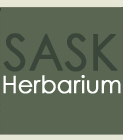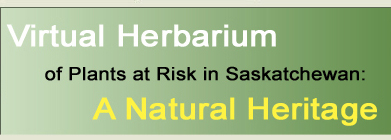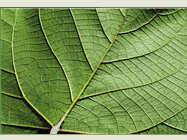
|

|

|

|

|

|

|
|
|
|
|
|
Species Image Gallery (opens in a new window) |
|||||||||
| THE SUNFLOWER FAMILY | |||||||||
| The sunflowers are found around the
globe in many different places, from temperate climates, like in Saskatchewan,
to mountains or in dry regions. The sunflower family is very large and contains
about 19,000 species! As you can imagine, the plants in this family can
look very different from one another. The sunflowers can be shrubs or herbs,
with many different leaf shapes and flower colours. One thing that is common
to all sunflowers is the type of flower arrangement. In this family, there
are many flowers grouped together into a head, like the one you see on a
daisy. It looks like one flower from a distance, but when you get close
you will see that it is actually made up of many, small flowers. The head
may have ray flowers on the outside and disc flowers on the inside, or only
one of the two kinds. Many of the seeds, like the dandelion, have a fluffy
structure attached to the seed. This is called the pappus and helps the
seeds to spread in the wind. You probably know a lot of plants in the sunflower family. Sunflowers can be plants you eat or plants that you may grow in the yard. For example, did you know that lettuce is from the sunflower family? So are the marigolds in the garden! Maybe you have heard of Echinacea? It is a plant in the sunflower family that is used to make medicine. Some of the sunflowers are also weeds, like the dandelion. |
|||||||||
| WHITE-FLOWERED HAWKSBEARD | |||||||||
| LATIN NAME: Hieracium albiflorum | |||||||||
| WHAT DOES IT LOOK LIKE? | |||||||||
| White-flowered hawksbeard is 30 to 80 cm tall with fibrous roots and horizontal, underground stems. This plant is nearly hairless, but there are long, rusty hairs on the leaf stalks and leaves, especially at the base of the leaf. The basal leaves are 4 to 15 cm long and have a few, small teeth on the margin. The stem leaves are very small and bract-like and are arranged alternately on the stem. There are several heads in compound clusters. The bracts are in two rows, one long and one short, and have glandular hairs at the base. There are 12 to 20, white or creamy coloured ray flowers in each head. The achenes are ribbed and have a pappus of white bristles. | |||||||||
| WHERE DOES IT GROW? | |||||||||
| White-flowered hawksbeard grows on dry gravelly soil in woods and grasslands. | |||||||||
| WHERE IS IT FOUND IN SASKATCHEWAN? | |||||||||
| This plant is only found in the Cypress Hills in the Cypress Upland ecoregion. | |||||||||
| WHY IS IT RARE? | |||||||||
| White-flowered hawksbeard is threatened in Saskatchewan because it only grows in one general location. | |||||||||
| HOW TO IDENTIFY WHITE-FLOWERED HAWKSBEARD | |||||||||
| * Are the stem leaves very small and bract-like? * Are the ray flowers white or cream coloured? * Are rusty hairs present on the leaf stalks and leaves? * Did you find it in the Cypress Hills? | |||||||||
| If you answered yes to all of these questions, you may have found white-flowered hawksbeard! | |||||||||